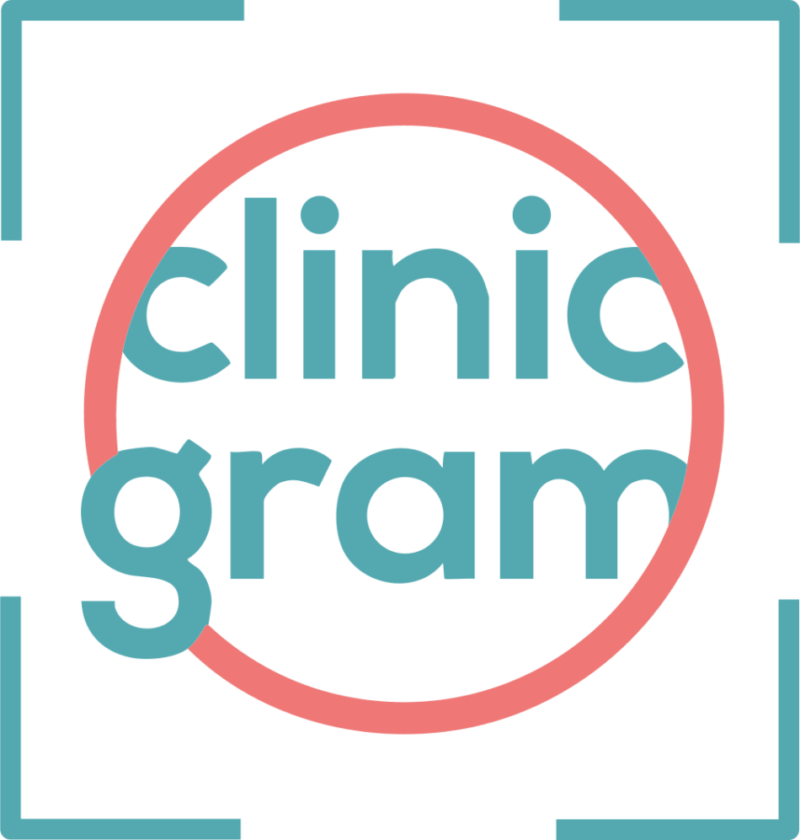
Improving wound care protocol adherence is essential to ensure safe, effective, and evidence-based care. However, in daily clinical practice, consistently following wound care protocols remains a significant challenge. Factors such as heavy workloads, staff turnover, lack of specific training, and time constraints hinder consistent implementation.
In this context, digital health technology is emerging as a strategic ally. Smart clinical platforms help standardize care, reduce variability, improve follow-up, and support clinical decision-making—ultimately improving outcomes for patients with chronic wounds.
Current Challenges in Protocol Adherence
Despite the growing availability of evidence-based clinical guidelines for wound care, ensuring consistent adherence to protocols across healthcare teams remains a significant challenge. Below are some of the most relevant barriers:
Time Constraints During Wound Assessment
In high-pressure clinical environments, healthcare professionals often have limited time to conduct a thorough wound assessment. This constraint can lead to incomplete evaluations, skipped steps in documentation, or reliance on estimations rather than objective data. As a result, critical clinical indicators may be overlooked, which compromises treatment accuracy and patient outcomes.
Inconsistent or Incomplete Documentation
Manual wound documentation varies greatly between professionals and care settings. In many cases, the lack of standardized digital tools leads to fragmented records, inconsistencies in terminology, and missing longitudinal data. This inconsistency hinders collaboration, continuity of care, and the ability to track wound evolution over time.
Subjective Interpretation by Different Professionals
The visual evaluation of wounds is still a highly subjective process, often influenced by the clinician’s experience, training, and even lighting conditions. Without technological support, two professionals may interpret the same wound differently, leading to discrepancies in diagnosis, classification, and treatment planning.
Lack of Longitudinal Tracking Systems
Effective wound care requires regular monitoring of healing progress. However, many care centers lack tools to digitally track wounds over time, especially in outpatient or home care settings. Without longitudinal data, it becomes difficult to detect healing stagnation, evaluate treatment efficacy, or adapt interventions based on objective trends.
Limited Feedback on Clinical Outcomes
Many professionals do not have access to structured feedback loops that connect their clinical actions with measurable patient outcomes. This disconnect reduces opportunities for learning, improvement, and protocol optimization. It also makes it harder to justify adherence efforts when the impact is not clearly visible or measurable.
The Role of Technology in Enhancing Protocol Adherence
Digital tools offer practical solutions to overcome these obstacles. Platforms like Clinicgram integrate artificial intelligence, image analysis, and custom clinical workflows, making it easier to adhere to protocols from any location—even from a smartphone.
With digital platforms, clinicians can:
- Standardize wound assessments using objective criteria: Technology enables the use of consistent, validated assessment protocols that minimize variability between professionals. By integrating clinical scales and AI-powered image analysis, evaluations become more uniform, reducing subjectivity and improving diagnostic reliability across teams and facilities.
- Capture structured clinical data and wound images automatically: Advanced platforms allow healthcare providers to collect clinical information and wound imagery in a structured, automated format. This not only streamlines the documentation process but also ensures that critical data (e.g., wound size, tissue type, temperature) is accurately captured, tagged and ready for longitudinal analysis.
- Receive alerts when wound progression is suboptimal: AI systems can monitor healing trajectories and identify patterns that deviate from expected progress. When healing stalls, inflammation increases, or complications emerge, clinicians receive real-time alerts, enabling timely intervention and reducing the risk of infection or deterioration.
- Access clinical suggestions based on evidence: Intelligent decision support systems can cross-reference patient data with large-scale clinical evidence and treatment databases. This provides healthcare professionals with tailored recommendations that are aligned with the latest guidelines, increasing the likelihood of successful outcomes and consistent adherence to best practices.
- Securely share information across the care team: Technology platforms facilitate seamless communication between multidisciplinary teams through secure cloud-based data sharing. Whether in hospital settings, home care, or outpatient follow-ups, all professionals involved in the patient’s care have access to the same up-to-date clinical information, ensuring continuity and coordination in wound management.
These features streamline care without adding administrative burden.
Key Benefits of Using Technology to Support Adherence
Adopting digital technologies in wound care protocols is not just a matter of innovation—it’s a critical step toward delivering consistent, efficient, and data-driven healthcare. In high-demand clinical settings, where time is scarce and staff rotation is frequent, digital tools offer structured support to ensure that clinical protocols are followed accurately and consistently.
By incorporating artificial intelligence (AI), image recognition, and automated workflows, healthcare providers can improve adherence to evidence-based guidelines while enhancing decision-making. This results in better patient outcomes, reduced treatment errors, and a more seamless experience for both professionals and patients.
Below are some of the most impactful benefits of integrating technology into wound care protocol adherence:
- Reduced Clinical Variability
AI offers consistent assessment criteria, reducing subjective differences between professionals. - Improved Continuity and Traceability
All data is automatically logged and accessible for audits, clinical reviews, or shared care. - Faster Clinical Response
Automated evaluations shorten the time to diagnosis and facilitate earlier intervention. - Ongoing Staff Training
Digital platforms provide real-time feedback and reinforce correct protocol execution. - Regulatory Compliance and Quality Assurance
Structured documentation supports accreditation and meets healthcare standards.

Conclusion
Enhancing wound care protocol adherence boosts patient outcomes and optimizes healthcare resources. Digital platforms like Clinicgram do not replace healthcare professionals—they enhance clinical capabilities, support data-driven decision-making, and promote consistent, high-quality care.
Please rate this post




